Boost SaaS Performance with SRE Uptime: Monitoring and Automation Across Multi-Cloud Environments
- Nitin Yadav
- Knowledge
About
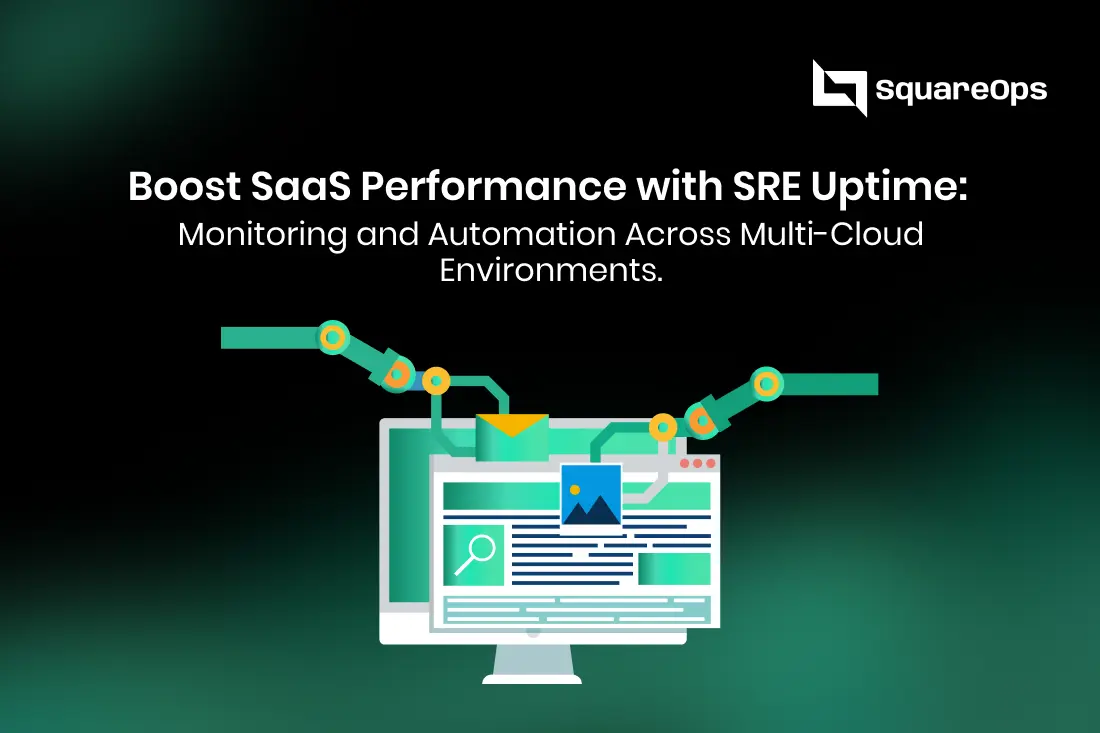
For SaaS businesses, uptime isn’t just a metric it’s the foundation of customer trust. Even a few minutes of downtime can trigger churn, lost revenue, and brand damage. This blog explores how Site Reliability Engineering (SRE) uptime, powered by monitoring, automation, and multi-cloud strategies across AWS, Azure, and Google Cloud Platform (GCP), helps SaaS companies scale without sacrificing reliability. Learn what SRE uptime means, why DevOps and SRE must work hand-in-hand, and how real-world SaaS companies are achieving 99.99% uptime to fuel growth.
Industries
- AWS uptime, Azure DevOps SaaS, cloud automation for SaaS, DevOps for SaaS, enterprise SaaS reliability, GCP uptime, multi-cloud SaaS, reduce SaaS downtime, SaaS customer trust, SaaS monitoring, SaaS performance optimization, SaaS reliability, SaaS uptime, Site Reliability Engineering, SRE uptime
Share Via
For SaaS businesses, uptime isn’t just a metric it’s the foundation of customer trust. A few minutes of downtime can spark customer frustration, lead to revenue loss, and result in negative reviews that damage long-term growth.
Consider this: for a mid-sized SaaS company charging $200 per user annually with 10,000 customers, an outage lasting even a few hours could cost hundreds of thousands of dollars in refunds, lost upgrades, and churn. The higher the customer base, the greater the risk.
This is why Site Reliability Engineering (SRE) uptime has become the gold standard for SaaS reliability. When combined with multi-cloud deployments across AWS, Azure, and Google Cloud Platform (GCP), and strengthened by monitoring and automation, SRE enables companies to scale without sacrificing reliability.
In this deep dive, we’ll unpack:
- What SRE uptime means in a SaaS context.
- Why monitoring and automation are essential in multi-cloud environments.
- How Azure and GCP contribute to uptime guarantees.
- Best practices for SaaS companies to combine DevOps and SRE.
- Real-world examples of uptime boosting SaaS growth.
What is SRE Uptime and Why It Matters for SaaS
SRE uptime is a measure of how reliably a SaaS platform delivers its services, guided by the principles of Site Reliability Engineering. Unlike traditional IT operations, SRE uses engineering-driven approaches to maintain system availability and performance.
Core concepts of SRE uptime:
- SLIs (Service Level Indicators): Metrics like availability %, latency, and error rates.
- SLOs (Service Level Objectives): Targets that define acceptable service levels e.g., “99.99% uptime.”
- SLAs (Service Level Agreements): Legal agreements with customers that enforce penalties if SLOs are missed.
For SaaS, uptime isn’t optional. Users expect your application to be available 24/7, globally, across devices.
Downtime Costs for SaaS:
- Revenue Loss: A payment gateway downtime during peak hours = lost transactions.
- Customer Churn: SaaS users rarely tolerate repeated outages; they migrate quickly.
- Brand Damage: Trust once broken is difficult to rebuild.
SRE uptime ensures SaaS providers can confidently promise “always-on” services, a key differentiator in competitive markets.
Multi-Cloud SaaS: Opportunity and Complexity
The SaaS world is no longer single-cloud. Most companies run workloads across multiple providers like AWS, Azure, and GCP to minimize risk, optimize costs, and comply with data regulations in different countries.
Benefits of Multi-Cloud for SaaS:
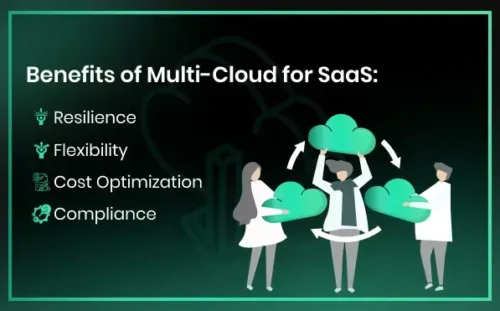
- Resilience: If one provider experiences downtime (e.g., AWS region failure), traffic can shift to Azure or GCP.
- Flexibility: Each provider offers unique strengths Azure for enterprise integrations, GCP for AI/ML workloads, AWS for global infrastructure.
- Cost Optimization: Companies can balance workloads across providers to take advantage of credits and regional pricing.
- Compliance: Regional deployment options help meet GDPR, HIPAA, and other regulations.
The Challenge:
Multi-cloud introduces operational complexity. Different APIs, monitoring dashboards, billing systems, and automation frameworks make it difficult to maintain unified control.
Without SRE-driven monitoring and automation, these complexities can overwhelm SaaS teams and increase downtime risk, rather than reducing it.
Monitoring: The Foundation of SRE Uptime
Monitoring is at the heart of SRE uptime. Without visibility into system health, measuring or improving uptime becomes impossible.
Key Principles of SaaS Monitoring in Multi-Cloud:
- Centralization: Pull data from AWS CloudWatch, Azure Monitor, and GCP Cloud Monitoring into a unified dashboard.
- End-to-End Observability: Track not just infrastructure but also user journeys, API latencies, and transaction success rates.
- Proactive Detection: Use synthetic monitoring to simulate user requests and detect issues before customers do.
- Contextual Alerts: Configure alerts that distinguish between urgent outages and minor anomalies.
Monitoring isn’t just about avoiding downtime, it’s about protecting user experience. A page that loads slowly for users in Singapore but works fine in Europe is still a performance issue SaaS providers must address.
Automation: Reducing Human Error and MTTR
Even the best monitoring is ineffective if humans are the only response mechanism. In high-velocity SaaS environments, automation is crucial for maintaining uptime.
Types of Automation SaaS Companies Use:
- Auto-Scaling: Increase compute capacity during peak usage (e.g., Black Friday for e-commerce SaaS).
- Self-Healing Systems: Automatically restart failed services or reroute traffic.
- Continuous Deployment Pipelines with Rollback: If a deployment increases error rates, the system rolls back automatically.
- Automated Failover: If AWS US-East-1 experiences downtime, workloads reroute to GCP or Azure within seconds.
Automation reduces MTTR (Mean Time to Recovery), ensuring incidents don’t turn into prolonged outages.
DevOps for SaaS: Partnering with SRE for Reliability
While DevOps for SaaS focuses on speed of deployment and agility, SRE ensures stability. Together, they create a powerful model for scaling SaaS platforms.
How DevOps and SRE Work Together:
- DevOps: Automates pipelines for faster releases.
- SRE: Defines reliability targets and ensures deployments don’t exceed error budgets.
This partnership is crucial in multi-cloud environments. SaaS companies need to release new features rapidly across Azure, AWS, and GCP, but without SRE, speed risks becoming instability.
Best Practices for Boosting SaaS Performance with SRE Uptime
1. Define Business-Aligned SLOs
Don’t pick arbitrary uptime targets. Align SLOs with customer expectations and market standards. For enterprise SaaS, 99.99% uptime may be the baseline.
2. Adopt Multi-Cloud Redundancy
Use more than one provider to minimize single points of failure. SaaS platforms that once relied solely on AWS are now adopting GCP and Azure for redundancy.
3. Invest in Observability Platforms
Tools like Datadog, New Relic, or custom dashboards can provide unified monitoring across providers. Observability ensures not just visibility but actionable insights.
4. Automate Incident Management
From scaling to recovery, automation reduces downtime. Leverage Kubernetes, Terraform, and serverless functions to maintain resilience.
5. Balance Innovation with Reliability (Error Budgets)
Give development teams freedom to innovate but enforce reliability by allocating a clear error budget if uptime drops, feature velocity slows until stability improves.
Case Study: SaaS Startup Improves Uptime with SRE
A SaaS startup offering workflow automation tools faced frequent outages due to reliance on a single AWS region. As their customer base grew, downtime became unacceptable.
The Problem:
- Outages during regional AWS failures.
- Manual incident management slowed recovery.
- Poor visibility into multi-service interactions.
The Solution with SRE Uptime:
- Adopted multi-cloud deployment across Azure + GCP.
- Implemented centralized observability dashboards.
- Introduced automation for failover and rollback.
The Result:
- Uptime improved from 99.5% → 99.99%.
- Customer churn dropped by 18%.
- The company successfully signed its first enterprise SLA clients, citing reliability as a key reason.
The Role of Azure and GCP in SRE Uptime
While AWS dominates cloud discussions, Azure and GCP are critical for SaaS companies seeking balance and specialization.
- Azure: Deep integrations with enterprise ecosystems (Microsoft 365, Active Directory). Excellent for SaaS targeting large enterprise clients.
- GCP: Strong in data, AI/ML, and Kubernetes (GKE). Ideal for SaaS companies requiring scalable, data-driven workloads.
- AWS: Still the backbone for global infrastructure, credits, and startup programs.
By leveraging the strengths of each, SaaS companies ensure not just uptime but also feature differentiation.
Future of SRE Uptime in SaaS (2025 and Beyond)
The next era of SaaS performance will see:
- AI-Driven Monitoring: Predictive analytics identifying failures before they happen.
- Automated Remediation: Systems that fix issues without human intervention.
- Multi-Cloud Orchestration as a Standard: SaaS providers will default to multi-cloud to avoid vendor lock-in.
- SRE + FinOps Integration: Balancing cost optimization with uptime guarantees.
- Compliance-Driven Uptime: Governments and industries mandating 99.99%+ uptime for mission-critical SaaS.
Conclusion
In a crowded SaaS market, speed of feature delivery is important but reliability is what keeps customers paying. SRE uptime, powered by monitoring and automation across Azure, GCP, and AWS, gives SaaS companies the ability to scale confidently, retain users, and meet enterprise-grade SLAs.
At SquareOps, we specialize in helping SaaS companies achieve:
- 99.99% uptime across multi-cloud environments.
- Seamless monitoring and observability.
- Automation that reduces incident resolution time.
- Scalable DevOps pipelines aligned with SRE best practices.
Ready to boost your SaaS performance with SRE-driven uptime?
Book a Free SaaS Reliability Audit with SquareOps
Frequently asked questions
SRE uptime refers to the reliability and availability of a SaaS application based on Site Reliability Engineering practices. For SaaS companies, higher uptime (e.g., 99.99%) reduces churn, builds trust, and ensures continuous customer satisfaction.
DevOps for SaaS enables faster feature releases with CI/CD pipelines while integrating monitoring and automation. Combined with SRE principles, it ensures uptime, reduces downtime, and supports scaling across multi-cloud platforms like AWS, Azure, and Google Cloud.
Businesses can reduce AWS billing through reserved instances, rightsizing, automation, and cost monitoring tools. Working with AWS Partners helps unlock credits and implement cost-optimization strategies while maintaining reliability.
AWS Startup Credits are free cloud credits provided to eligible startups under the AWS Activate program. These credits can be used for compute, storage, and DevOps services, helping SaaS companies scale faster while reducing early-stage costs.
Each platform has unique strengths: AWS offers global scale and startup credits, Azure integrates well with enterprise systems, and GCP excels in AI/ML and Kubernetes. Most SaaS companies use a multi-cloud strategy to balance reliability, performance, and cost.
Cloud monitoring tracks metrics like uptime, latency, and errors, while cloud observability provides deeper insights into why issues occur using logs, traces, and correlations. Together, they enable SaaS companies to achieve SRE uptime targets.
AWS support consultants provide tailored guidance for billing, security, and DevOps. AWS Managed Services Partners (MSPs) handle end-to-end operations, offering monitoring, automation, and cost optimization to ensure uptime and scalability.
Cloud costs can spiral quickly without control. Cloud cost management services and tools help track spend, optimize usage, and implement FinOps strategies, ensuring enterprises balance performance with financial efficiency.
Cloud security consulting provides risk assessments, compliance alignment, data protection strategies, and managed cloud security services. This reduces vulnerabilities and ensures SaaS platforms remain secure across AWS, Azure, and GCP.
SquareOps combines SRE-driven uptime strategies with DevOps for SaaS, multi-cloud monitoring, and automation across AWS, Azure, and GCP. Our services help SaaS companies achieve reliability, optimize cloud costs, and scale confidently.
Related Posts
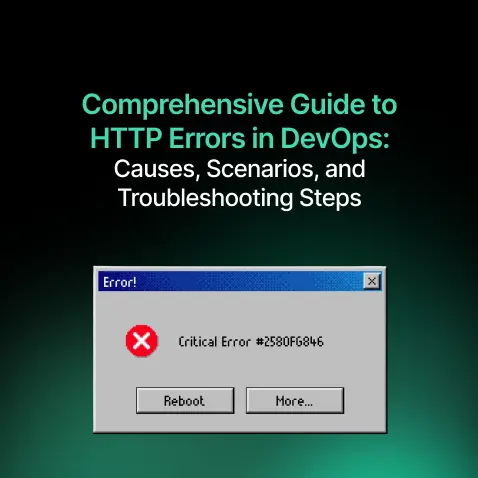
Comprehensive Guide to HTTP Errors in DevOps: Causes, Scenarios, and Troubleshooting Steps
- Blog

Trivy: The Ultimate Open-Source Tool for Container Vulnerability Scanning and SBOM Generation
- Blog
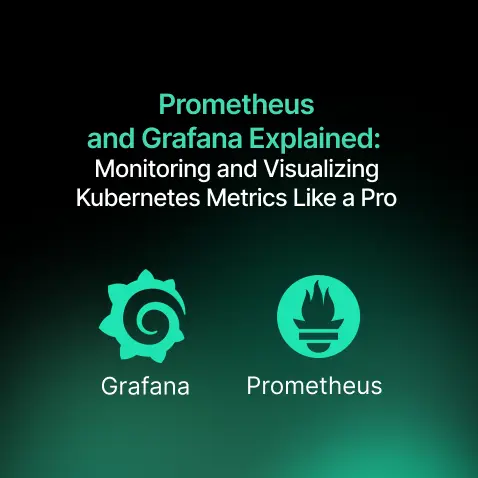
Prometheus and Grafana Explained: Monitoring and Visualizing Kubernetes Metrics Like a Pro
- Blog
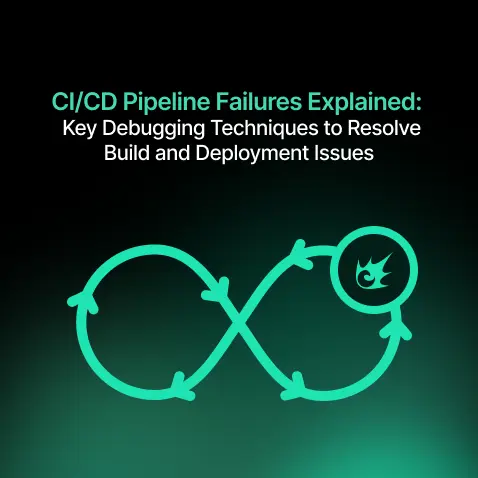
CI/CD Pipeline Failures Explained: Key Debugging Techniques to Resolve Build and Deployment Issues
- Blog
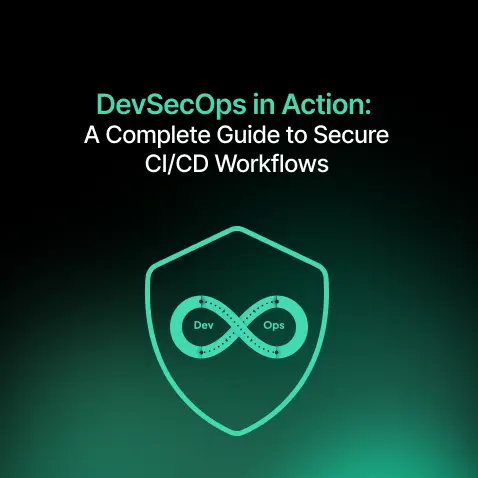
DevSecOps in Action: A Complete Guide to Secure CI/CD Workflows
- Blog
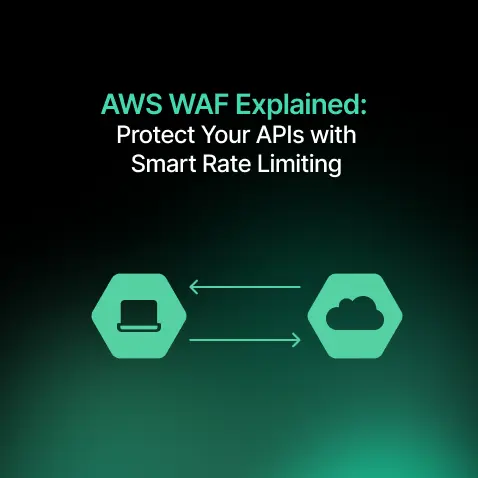
AWS WAF Explained: Protect Your APIs with Smart Rate Limiting
- Blog

